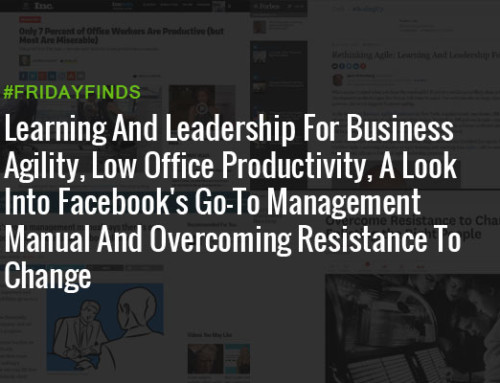This week has brought into focus a key aspect of workplace dynamics and employee engagement, and that is health and wellbeing. How long should you work without endangering your health? What should you wear to work and when should you stop checking your work email?
Let’s find out in this week’s best HR and employee engagement articles:
Science Says You Shouldn’t Work More Than This Number of Hours a Week
Did you know that working more than 10 hours a day is associated with a 60 percent jump in risk of cardiovascular issues or that individuals working 11 hours or more of overtime have an increased depression risk?
New findings put into perspective working hours versus productivity, raising an alarming signal on serious health issues that can arise from working too many hours. Say it with me – “There is life after work.”
The plan to ban work emails out of hours
French companies of more than 50 people will be obliged to draw up a charter of good conduct, setting out the hours – normally in the evening and at the weekend – when staff are not supposed to send or answer emails, if the measure will be voted by the Socialist Party.
“Employees physically leave the office, but they do not leave their work. They remain attached by a kind of electronic leash – like a dog. The texts, the messages, the emails – they colonise the life of the individual to the point where he or she eventually breaks down.”
Socialist MP Benoit Hamon
Going back to the previous discussion on the negative health effects of working too much, we can only hope that other countries follow suit. John Maynard Keynes predicted that technological progress would lead us to shorter weeks and abundant leisure time; a 15-hour workweek should be the norm by 2030, he prognosticated. (via Bloomberg) Let’s hope he was right.
Is it legal to force women to wear high heels at work?
The conversation on gender equality in the workplace has gotten louder and louder, and for good reason. Nicola Thorp says she was laughed at when she told her bosses at PwC that she didn’t want to wear high heels on her first day as a corporate receptionist.
Aside from the double standard, wearing high heels regularly poses serious health issues for women – regularly wearing heels increases the mechanical wear and tear around the knee joints, which might increase the risk of osteoarthritis. It also puts people with weak lower backs at risk of slipped vertebrae.
What Leadership Looks Like in Different Cultures
Ending on a more positive note, it seems that although the core ingredients of leadership are universal (good judgment, integrity, and people skills), the full recipe for successful leadership requires culture-specific condiments.
Tomas Chamorro-Premuzic and Michael Sanger explain how, depending on the cultural context, your typical style and behavioral tendencies may be an asset or a weakness.
Join us next week as we share more of our favorite articles. We’d also love to know what articles made your week and what topics you’d like us to talk about next week, so leave us a comment below.
If you’re interested in becoming a contributor for Hppy, we’d love to hear from you!
Happy weekend!





Leave A Comment